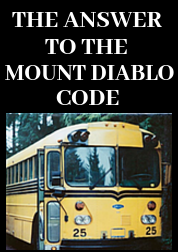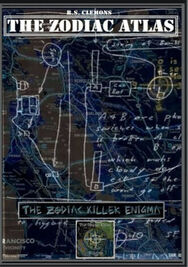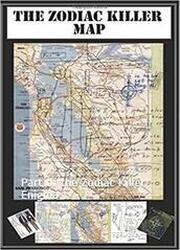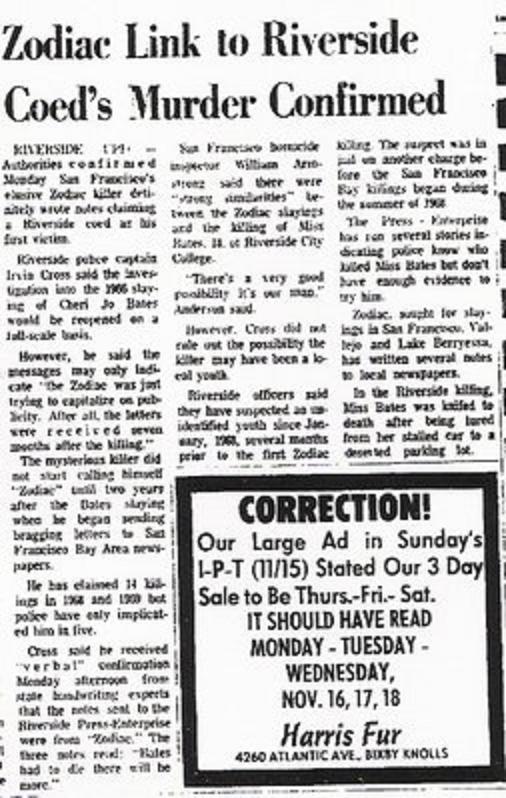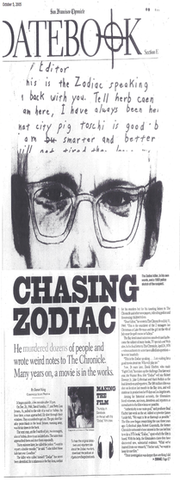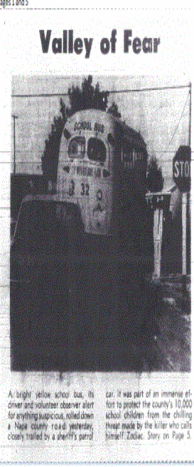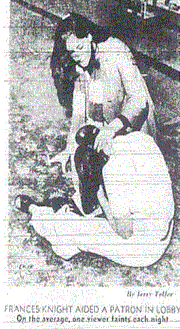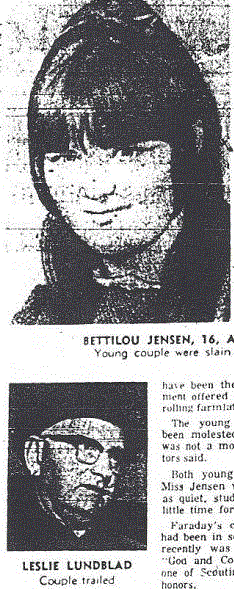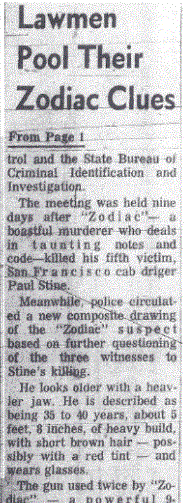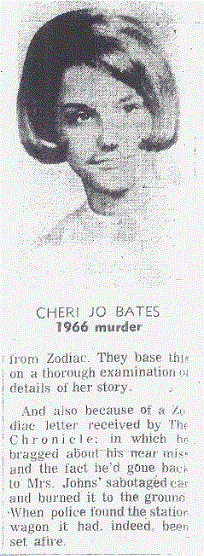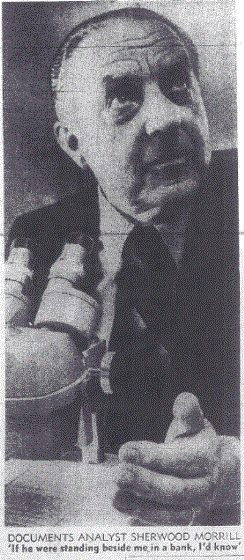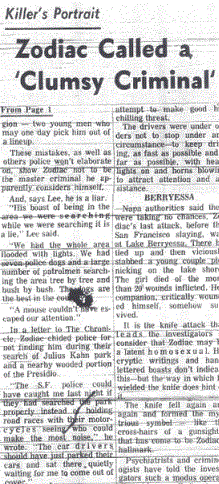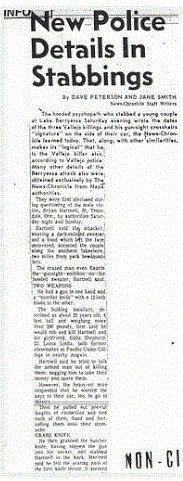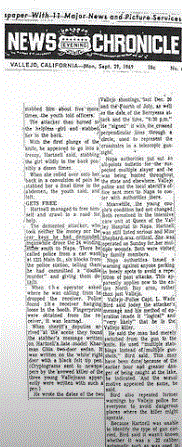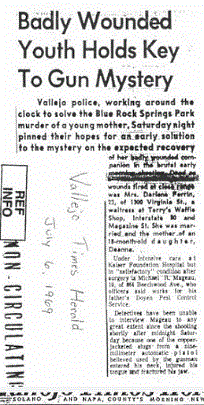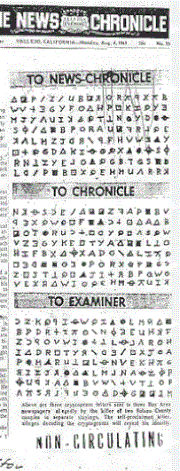It is often claimed that trying to break down a timeline to individual seconds can lead to incorrect conclusions (and that is a worthy contention). However, when the discrepancy is so extremely glaring, it is something that should not be overlooked. In major investigations involving many suspects, as it is imperative to interview each and break down the movements of the individual around the relevant time period to consider the validity of their claims. Timelines are crucial in identifying unachievable claims, and including and excluding suspects from the investigation.
There is an argument to be made that two individuals were present in the taxicab that night, and the white male subject observed by Officer Donald Fouke approaching the intersection of Jackson and Maple was not the white male subject observed in and around the taxicab on October 11th 1969, yet both were present as it pulled up to the intersection of Washington and Cherry Street at 9:55 pm. To shoot a taxicab driver in the wealthy district of Presidio Heights, then carefully tear a rectangular piece of the victim's shirt to take from the crime scene is extremely daring. But to then remove his keys and wallet, wipe down the taxicab, and inexplicably attempt to pull Paul Stine into an upright position behind the steering wheel on a busy Saturday night with the certain conviction that nobody has heard the gunshot and called police, is bordering on insanity. This whole sequence of events from murdering the taxicab driver to leaving the crime scene, we have to consider, took just 60 seconds.
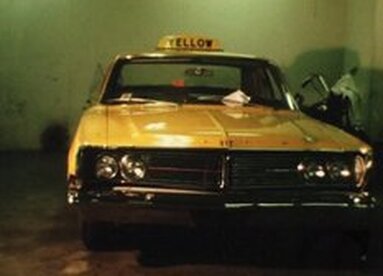
Officers Donald Fouke and Eric Zelms received the police dispatch of an assault and robbery of a taxicab driver at about 9:58 pm. This radio dispatch was also received at 9:58 pm by Officers Armond Pelissetti and Frank Peda while patrolling along Washington Street. Pelissetti and Peda arrived at the murder scene a little before 9:59 pm.
Upon receiving the initial radio broadcast, the journey time is 1 minute for Donald Fouke and Eric Zelms to reach the intersection of Jackson and Maple from their location on Presidio Avenue (passing Washington St), where they spotted the unknown white male on the north side of Jackson Street - apparently the one who described that "2 cops who pulled a goof". This places Donald Fouke at the intersection of Jackson and Maple at 9:59 pm. Armond Pelissetti arrived at the intersection of Washington and Cherry just shy of 9:59 pm. But how do we know Armond Pelissetti arrived at the crime scene nearing 9:59 pm? The answer lies in the expanded statement of the three teenage eyewitnesses that night:
"As both Robbins kids were the oldest, their statements were the given the most weight. Also they were the least traumatized by the event. One of the kids (not sure which) noticed a cab parked outside (in that now famous spot) with the interior lights on. So when Lindsey told me that the light inside the car was like a spotlight, it was so bright. The first kid at the window said the driver looked "sick, or something". Lindsey and Rebecca went to the window and saw the driver laying across the front seat, head toward the passenger door. His head was in the lap of another man (passenger). Rebecca saw blood and said out loud, "he's stabbing that man." She was seeing blood on the victim and saw the glint of a knife, so she assumed a stabbing was taking place. (No shots were heard by anyone). We know now that Zodiac was cutting off a large piece of Stine's shirt with the knife. At this time, Lindsey went downstairs to get a better look at what was happening, while one of the kids upstairs called the police. Downstairs, the lights were off, so Lindsey knew he could not be seen from the outside. He got close to the window and watched his actions. He was shortly joined by Rebecca. They both watched and observed in silence as Zodiac pushed the driver to an upright position behind the steering wheel, exited the car and walked around the rear of the car and opened the driver's door. Stine had fallen over onto the seat and Zodiac pulled him back up into the seated position and had some difficulty keeping him upright. Once upright, he was seen to have a rag, or something like a handkerchief and began to wipe down the door area and leaning over the driver, part of the dashboard. When he was finished, Zodiac calmly walked to Cherry St. and walked north. Not many know this, but Lindsey (being 16. feeling immortal, and believing the suspect to be armed with only a knife) ran out of his door to see where Zodiac was going. He ran to the corner of Cherry and watched as Zodiac continued his casual pace right up to the corner of Jackson & Cherry. At this exact point, the first SFPD car arrives with two officers. One, Pelissetti, approached Lindsey and tried to extract what was happening. The other officer went to the cab and found the bloody victim. While Pelissetti was asking questions, Lindsey was trying to explain that the suspect was in sight on Cherry St. By the time Pelissetti got the point, they both looked and the Zodiac was gone".

Based on the subject leaving the taxicab at 9:56 pm, the unknown white male taking 1 minute to walk up Cherry Street, would place him near the top of Cherry Street at 9:57 pm, where Lindsey pointed him out to Armond Pelissetti as he arrived at the scene. This is where a major problem arises. Armond Pelissetti didn't even get the initial broadcast until 9:58 pm, and still had to travel to the scene "red light and siren". Let us assume that Armond Pelissetti was only 20 seconds away from the crime scene when he got the radio dispatch. He brings his police car to a halt at the intersection, then approaches Lindsey, and "while Pelissetti was asking questions, Lindsey was trying to explain that the suspect was in sight on Cherry St". Attributing all of this only 30 seconds (which is highly unlikely), it would mean the time after the initial radio dispatch of 9:58 pm, was now 9.58:30 pm - and the time he saw the subject at the top of Cherry. But we know that the subject was there at 9:57 pm based on everything above.
According to the timeline of Donald Fouke, the subject left the taxicab at 9:56 pm, so how could he have been spotted 2 1/2 minutes later at the top of Cherry Street, at 9:58:30 pm. Even using this stringent timeline, there is a discrepancy of 90 seconds over the length of Cherry. Another way of looking at it, is that only 30 seconds after the initial radio broadcast, the timeline is already out by a minimum of 90 seconds. If Armond Pelissetti took a more reasonable 1 minute to arrive, park up and meet with Lindsey at the intersection of Washington and Cherry, the time would now be one minute after the initial broadcast (a time of 9:59 pm), when he was made aware of the subject nearing the top of Cherry. However, this is the same time that Donald Fouke spotted the subject nearing the intersection of Jackson and Maple (at 9:59 pm). A discrepancy of two whole minutes. A discrepancy calculated over 10, 20, 30, or 60 minutes could possibly be explained away, but this discrepancy of two minutes, only one minute after the initial radio broadcast, is something that cannot be explained away by an argument of nitpicking the timeline.
In the 2007 Zodiac documentary, Armond Pelissetti stated he "got down to the corner of Jackson Street. Had to make a choice. I was on the east side of the street so I turned right to the east and went up in that direction". The question being, did he make that choice because of Lindsey pointing the subject out to him, which is a more realistic reason to why he headed east.
In the 1989 documentary, Donald Fouke recalled "We proceeded on Jackson Street towards Arguello continuing our search, as we arrived at Arguello Street the description of the suspect was changed to a white male adult, believing this suspect was possibly the one involved in the shooting we entered the Presidio of San Francisco and conducted a search on West Pacific Avenue, the opposite side of the wall and the last direction we observed the suspect going, we did not find the suspect". Why would Donald Fouke be heading away from an assault and robbery to which he was supposed to be responding towards?
The likely answer is contained in the Bus Bomb letter: "2 cops pulled a goof abot 3 min after I left the cab. I was walking down the hill to the park when this cop car pulled up + one of them called me over + asked if I saw anyone acting suspicious or strange in the last 5 to 10 min + I said yes there was this man who was runnig by waveing a gun & the cops peeled rubber". The white male subject sent them on a wild goose chase, knowing that, presented with the option of the police further questioning him or burning rubber to protect the public from a man waving a gun, the police would choose to quell the imminent threat. Which is why Donald Fouke went off route, away from the crime scene towards Arguello Boulevard. The officers likely made the correct call at the time, as they were on the lookout for a negro male adult, not a white male. Unfortunately, they were duped by the man they stopped. Therefore, it is highly unlikely this man was an innocent pedestrian, rather somebody with a more sinister motive - and likely the man who penned the November 9th 1969 Bus Bomb letter. We could therefore make the case for more than one Zodiac.
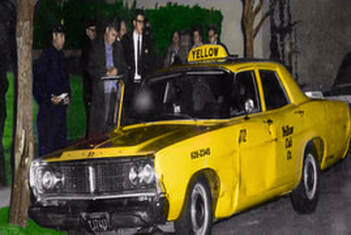
Here is the description attributed to the teenagers on the police report, who observed the Zodiac Killer in and around the taxicab on Washington Street from a residence across the street: "#2 SUSPECT: WMA, in his early forties, 5'8", heavy build, reddish-blond, crew cut hair. wearing eyeglasses, dark brown trousers, dark (navy blue or black) "Parka" jacket, dark shoes.
Donald Fouke's description of the likely Zodiac Killer was a "WMA, 35-45 yrs, about 5'10", 180-200 lbs, medium heavy build, barrel chested, medium complexion, light colored hair possibly graying in rear, crew cut, wearing glasses. Dressed in dark blue waist length zipper type jacket (Navy or royal blue). Elastic cuffs and waist band zipped part way up. Brown wool pants pleated type baggy in rear (Rust brown)".
The October 12th 1969 San Francisco article detailed the sighting of a man entering Julius Khan playground, stating "Later reports indicated someone was seen running into Julius Khan playground in the Presidio, and all seven police dog units were pressed into the search. The suspect was described as white, about 40, 170 pounds, a blond crewcut, warning glasses".
The three descriptions over a five minute period appear to indicate that one man left the taxicab, headed toward the Jackson and Maple intersection, and on to the area of the Julius Khan playground near Spruce Street. Yet we still have a major discrepancy regarding the statements of Donald Fouke and the Robbins children.
If two assailants were involved that night, then the first assailant could have shot the taxicab driver at 9:56 pm and departed the crime scene immediately. He would have been spotted by Officer Donald Fouke three minutes later at the intersection of Jackson and Maple at 9:59 pm, corroborated by the Bus Bomb letter which claimed "2 cops pulled a goof about 3 min after I left the cab." The second assailant would be the one spotted by the three teenagers, indicating they looked out of the window after the first assailant had left. This man spent two minutes wiping down the taxicab, tearing the section of Paul Stine's shirt, removing the keys and wallet, while subsequently attempting to lift Paul Stine into an upright position behind the steering wheel, before leaving at 9:58 pm. Armond Pelissetti receives the initial radio broadcast at 9:58 pm and arrives en scene just shy of 9:59 pm, at which point the second assailant is approaching the top of Cherry Street, and is pointed out by Lindsey. This would explain the discrepancy in the timeline.
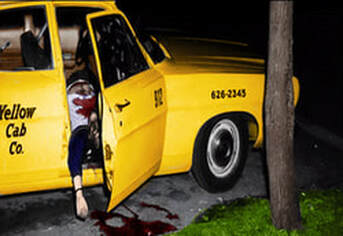
Lindsey was fairly clear in the details observed that night, particularly in the attempt to draw Armond Pelissetti's attention to the white male heading up Cherry Street. If this recollection is accurate, then the man observed walking towards Jackson Street was not the same subject spotted by Donald Fouke as he approached the intersection of Jackson and Maple. These two men were separated by two full minutes. If either of the accounts by Lindsey or Officer Donald Fouke are flawed, then the idea of an accomplice dissolves away into the night, just like the lone Zodiac Killer.
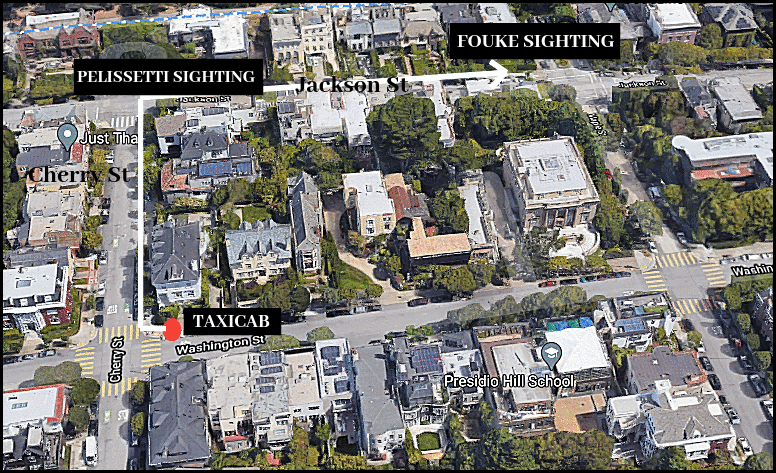
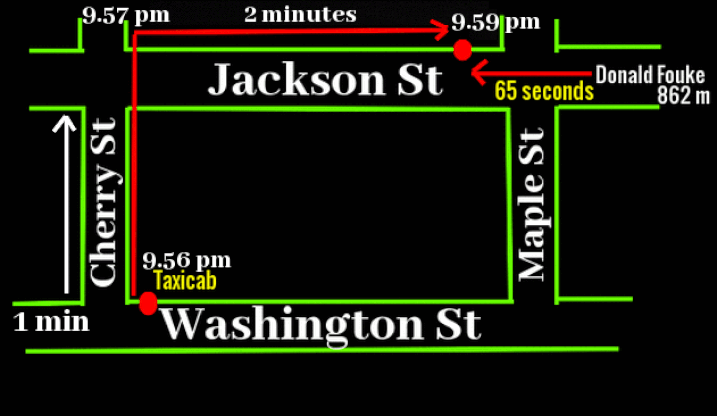




 RSS Feed
RSS Feed

